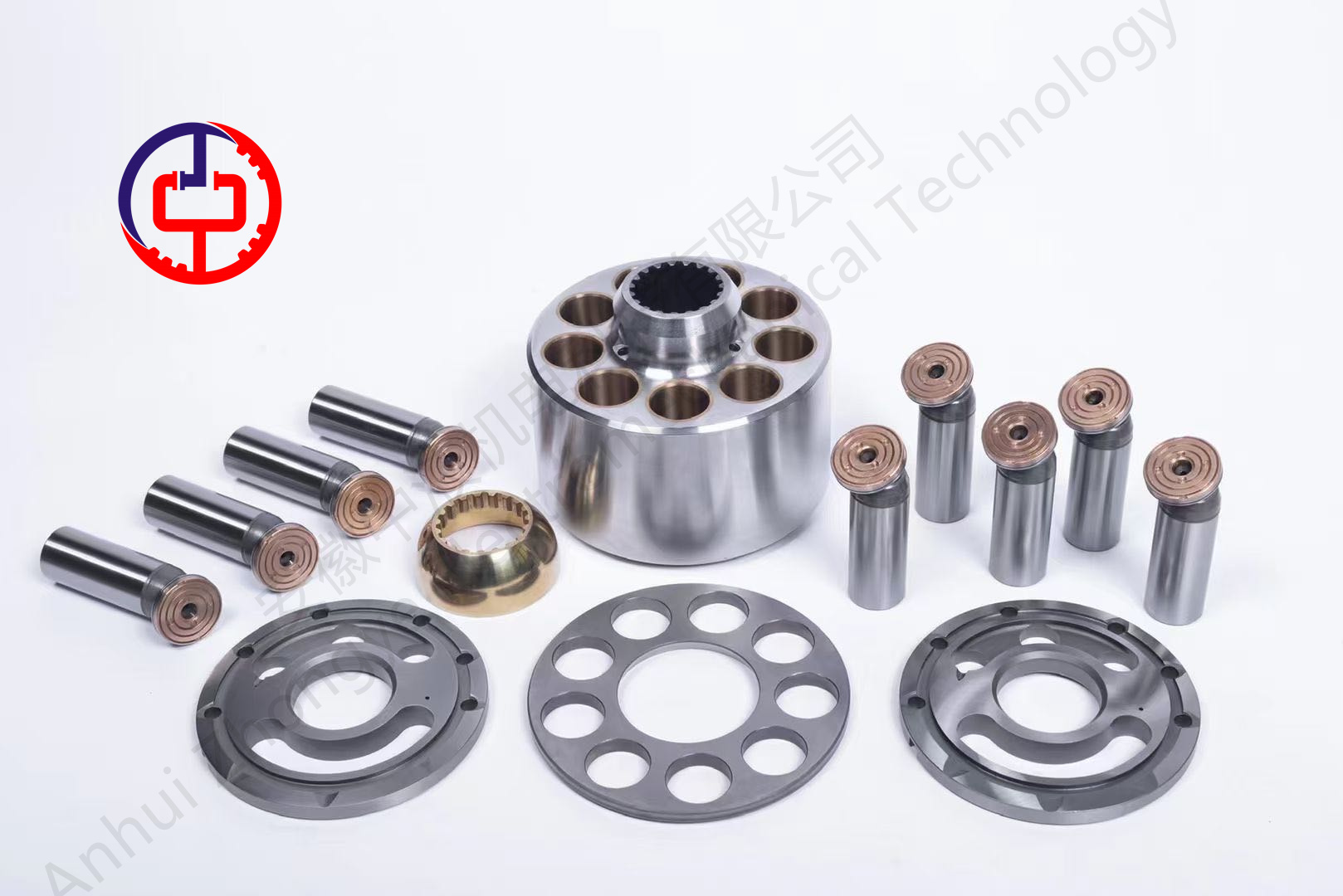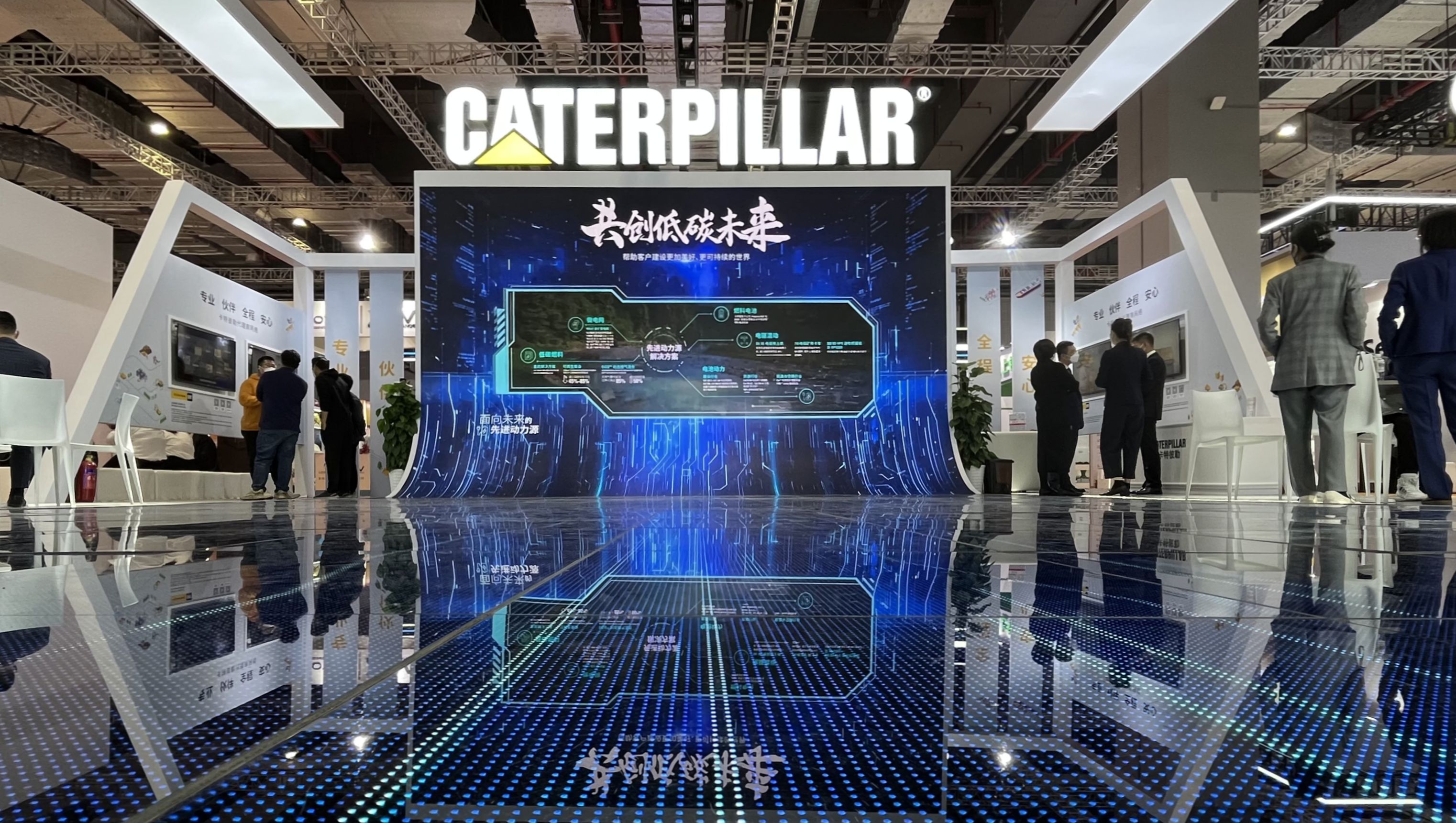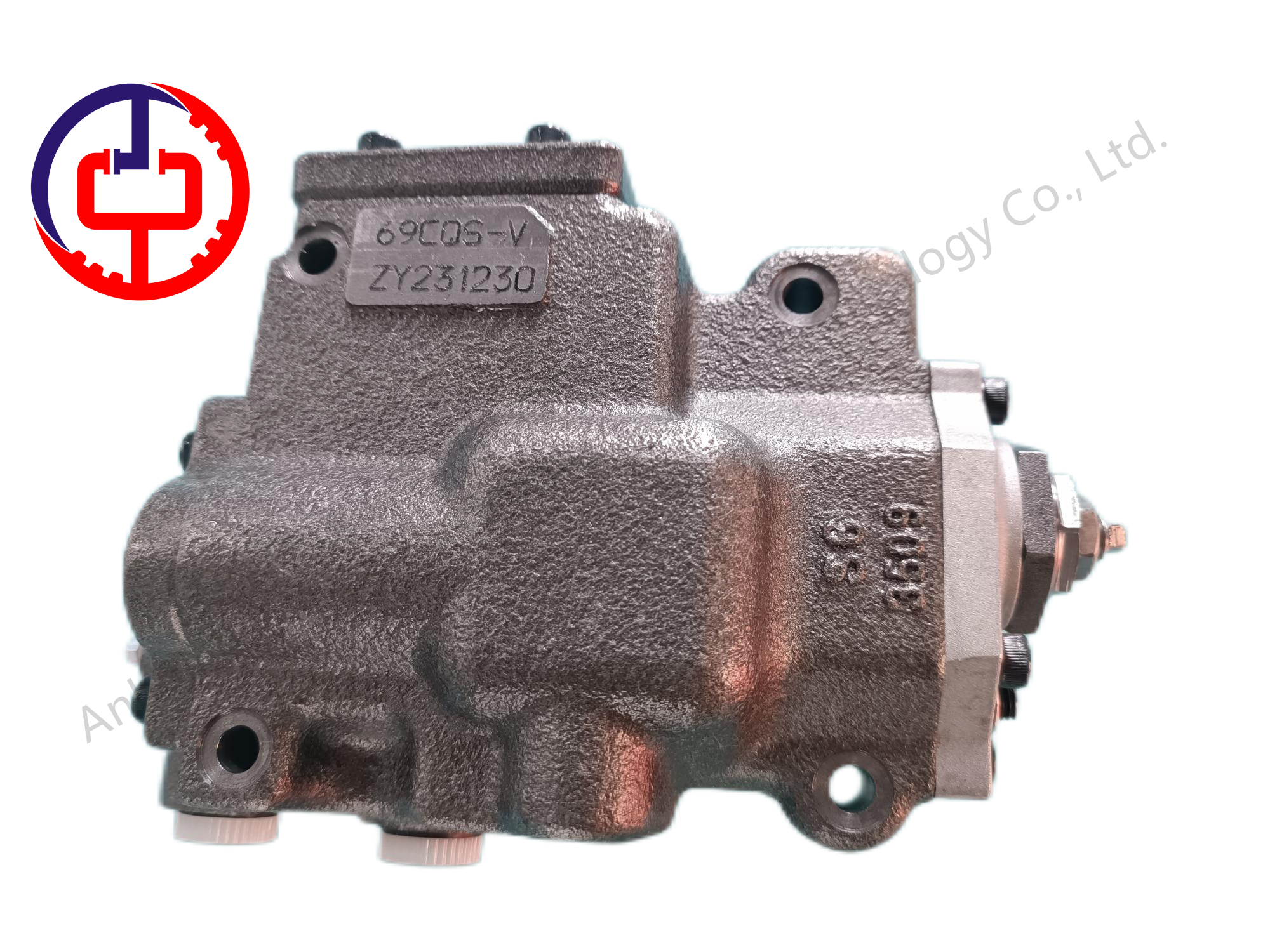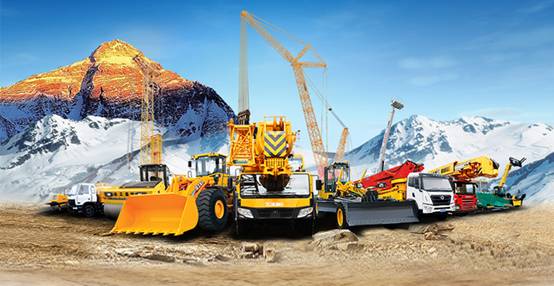1, energy-saving, actively research and development of high-efficiency hydraulic valves, such as low-power solenoid directional valves.
2, control, the widespread use of computers, the development of various types of sensors and the progress of control theory, hydraulic valve performance enhancement and control optimization to create the conditions. Enhance the performance of electro-hydraulic servo valves (such as flow control characteristics, frequency characteristics, etc.) in order to expand the scope of application, the development of high-performance electro-hydraulic proportional valves (designed to overcome the dead zone, enhance responsiveness, optimize static characteristics and repeatability), as well as digital control valves, etc., in order to meet the demand for microprocessor control systems and digital control systems.
3, reliability perspective, hydraulic valves to high-pressure, high-speed development of the inevitable result is a higher demand for reliability and life. To this end, the basic research on the characteristics of hydraulic valves, such as fixed throttle hole and variable throttle hole dynamic characteristics of the study, the role of the slide valve on the transient hydrodynamic experimental research, ultra-high-speed electro-hydraulic servo valves in the calculation of transient hydrodynamic force, the role of the in-flow cone valve on the hydrodynamic experimental research, the study of hydraulic valves, such as air pockets.
4, intelligent direction, in order to achieve long-distance or remote control, hydraulic valves more and more use of electrical control, that is, through the electrical signal to reach the automatic control of hydraulic valves. There is an intelligent combination of valves, also known as programmable electro-hydraulic control valves, it is the electronic technology, computer control technology and general hydraulic valve fusion and the composition of the programmable electro-hydraulic control valves, through the control of a few general electro-hydraulic valves control logic as well as the coordination of the logic of the valves to achieve the same function with the ordinary electro-hydraulic control valves.
5, green level, with the continuous improvement of people's awareness of environmental protection and the concept of sustainable development, the future of hydraulic technology, media, materials, processes and products need to meet the ecological and environmental protection requirements, in line with the requirements of renewable, sustainable development, hydraulic valves are bound to meet the "green design, green technology, green products," the concept of "green design, green technology, green products" from the product structure, materials, processes and operation. Product structure, materials, technology and operation process should be in line with ecological and environmental requirements.
Along with the progress and development of other disciplines, fluid transmission and control technology will be introduced into new areas. Future fluid transmission and control technology will make breakthroughs in the following areas: with the life sciences and biotechnology continue to emerge new breakthroughs, as well as nanomaterials, nano-processes to promote the design concepts and methods of fluid transmission and control technology will have a profound impact and bring about revolutionary changes, which may make the processing accuracy and surface quality of fluid transmission and control components to the nanometer scale, so that the efficiency of the components, Control accuracy, life expectancy increased dramatically. At the same time the resulting development of micro-hydraulic valves, so that micro-hydraulic systems in the bionic machinery, artificial organs and other technological fields to play a key role in the new technological frontier. The development of 3D printing technology in recent years has also opened up new ways for the manufacture of hydraulic valves.





 Home
Home
 Product
Product
 Equipment
Equipment
 Contact
Contact